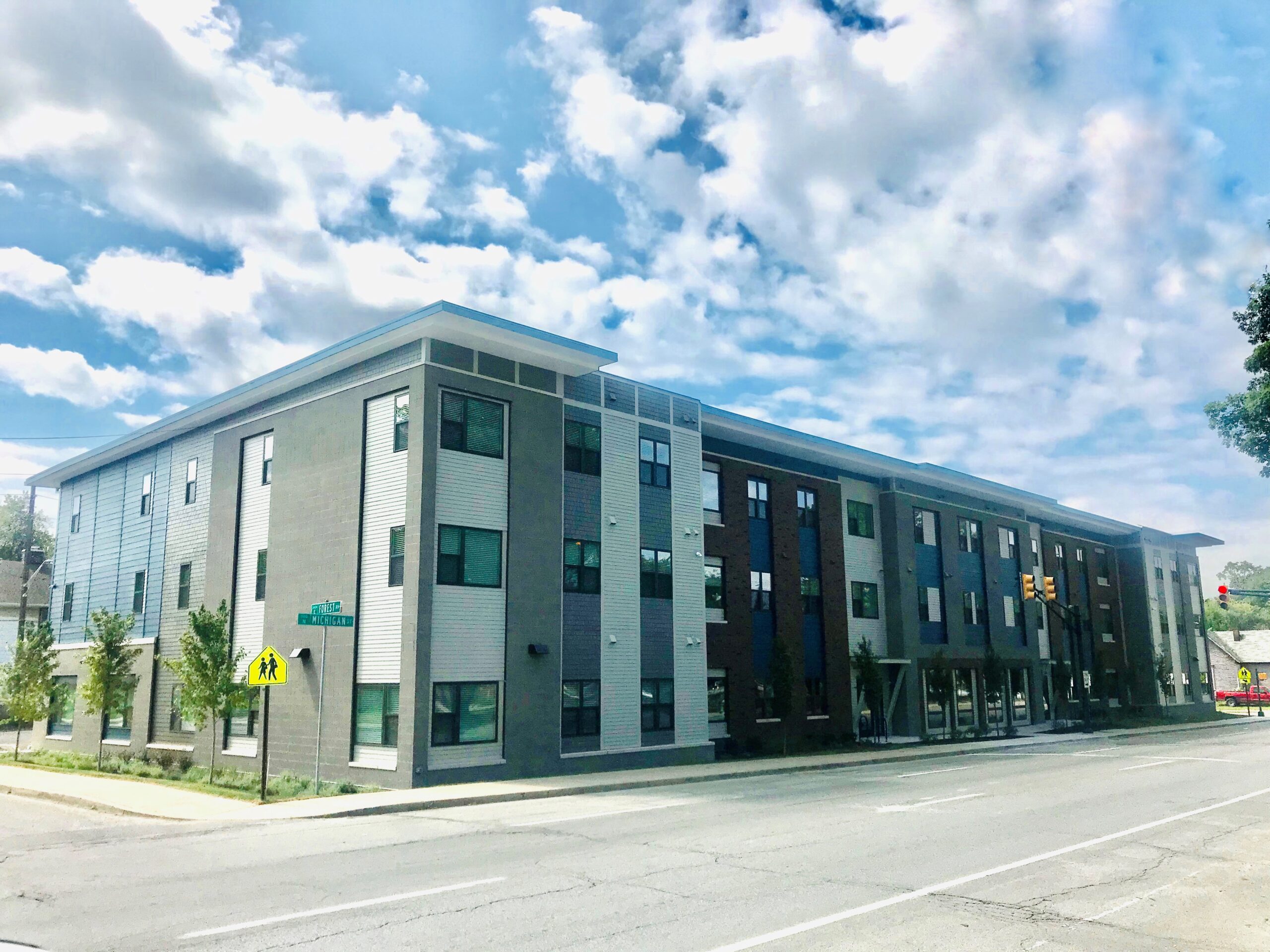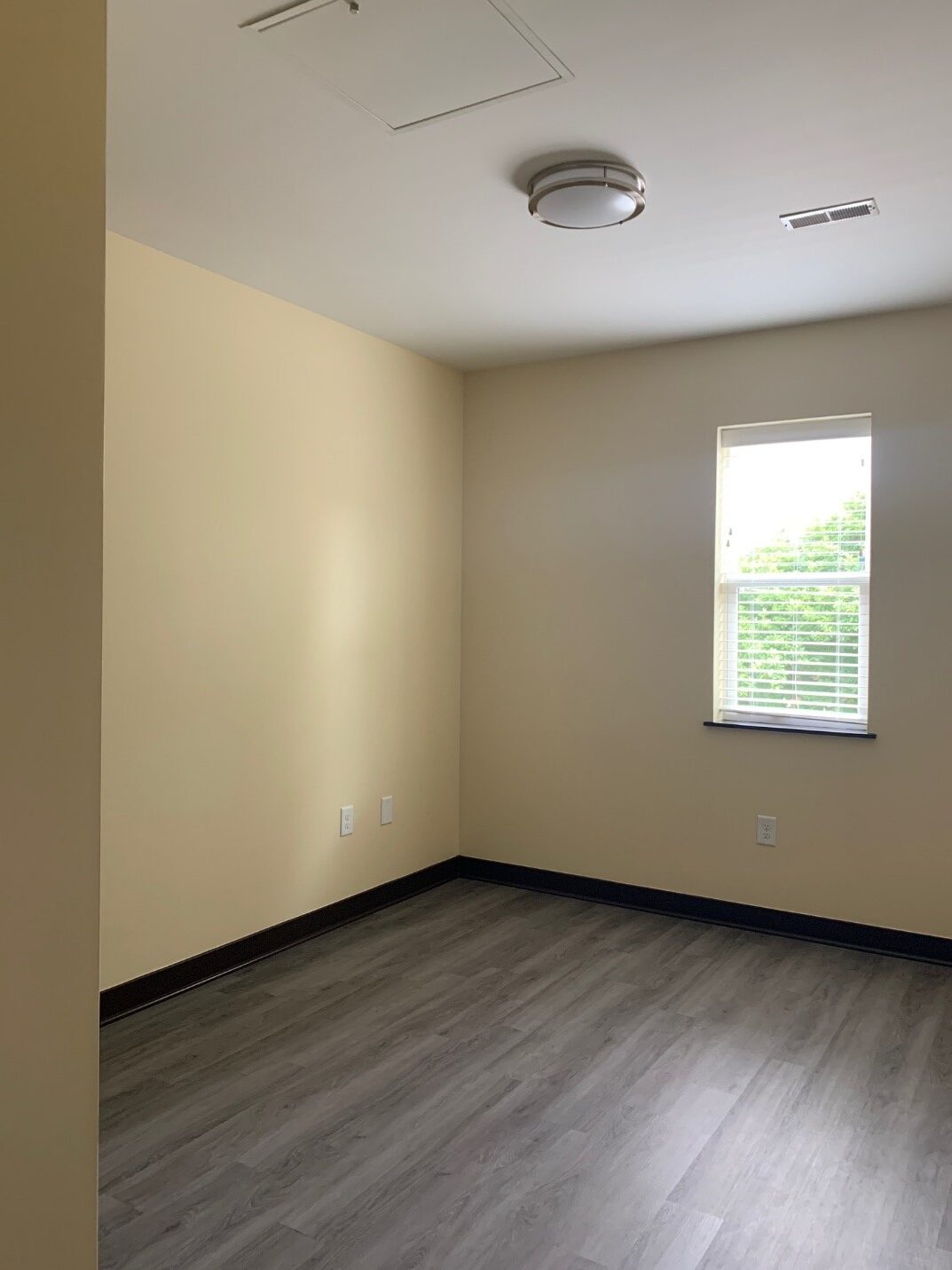Three years ago, the John Boner Neighborhood Center asked the Thomas Gregg Neighborhood School, “what their biggest barrier for students was, and what they could do to provide them support?”
“Student mobility has been a challenge Thomas Gregg staff has faced each year” replied Ross Pippin, Executive Director of Thomas Gregg Neighborhood School, a nonprofit organization within the IPS innovation school family.
The problem Thomas Gregg staff discovered is that some students move to different houses in other areas of the county for a myriad of reasons during an academic year, causing disruptions in their studies because they have to leave one school and transfer to another. Inconsistency in education and housing severely impacts families with lower income due to specific job requirements and scheduling, inadequate living conditions, or even infrequency of employment. This requires an innovative solution that can provide stability for families at home and at school, reducing barriers for students and parents.
To support the entire family, there needed to be programs and services that would address family members’ specific needs and life goals.
From these challenges, the idea of The Union emerged, to provide high-quality affordable housing that offers services for families with children who attend Thomas Gregg Neighborhood School (TGNS). This “two-generation” approach focuses on assisting the needs of both parents and children. At The Union, families have access to a wide array of resources like the Housing Stability Program. These resources help children and their families succeed along with having additional staff support members at the school. Children have access to after-school programming with the EDGE program, and parents have financial and career coaching services as well.
This innovative supportive housing approach is not new to the John Boner Neighborhood Center (JBNC). There are already 74 units for Thomas Gregg families, which has been a huge success for students. As for results, there has been “An increase in attendance, an increase in students’ ability to stay focused on school, overall behavior improvement, and children are really proud of their homes” says Pippin. “Every piece is part of improving the quality of life for our families, and the two-generational approach is part of the entire equation. We’re not making progress without having all the services and programs in place”.
When asked about the two-generation strategy, Pippin indicated “no one across the country we know of is doing the two-generation approach that addresses stability with connecting housing and schooling like at Thomas Gregg and the John Boner Neighborhood Center.”
Anuja Petruniw is the Director of Operations and Neighborhood Engagement at Thomas Gregg. She also leads the partnership with the Boner Center and day-to-day operations. She says the supportive housing initiative “has allowed kids and families to have stability. It has allowed the students to stay in one school throughout their academic duration. It is interesting to see some of the families develop a sense of community within themselves and rely on each other through the support they have been given at the JBNC. If you are in the Housing Stability for school success Program, families are required to participate in certain workshops and meet with financial and career coaches. Each family has their own trajectory of what goals they work on, but a lot of times those programs are done together so I’ve seen the families build their own community within the larger community. That collaboration trickles back down to the school. For example, a parent may be scared to let their child walk to school because it’s too dark in the morning, and then we can connect them to another family who is in the same program or housing area, and that builds a network of support.”
The Union was partially funded through round two of the Moving Forward grant from the Indiana Housing & Community Development Authority. For this round the goal was to “enhance the quality of life for Hoosiers through innovative and integrated housing and transportation solutions to increase affordability, improve environmental quality, and create greater community within the site, region, state, and beyond”.
To fulfill these requirements, The Union has 30 geothermal wells under its asphalt parking lot which uses heating and cooling from the Earth that is then used to regulate the temperature of each of the 30 units in the complex. That means there isn’t a gas bill and it ensures utilities are well below 30% of total bills for a family. There’s also an indoor bike storage, communal spaces with a TV and a kitchen, a mural painted by a local Indy artist, and programming space for studying. Families can opt in for laundry services at the complex or utilize the apartment’s in-unit washer and dyer hook-ups. What’s also unique about The Union is that families were given the opportunity to express their input on the early design of the project.
“We are excited to see what happens when The Union opens and the possibilities it will bring, with the community space on the first floor and possibilities like possibly moving our food pantry over there. But that’s just one detail – really, the possibilities are endless with having The Union across the street and the collaborative relationship we have with our families and the John Boner Neighborhood Center,” says Petruniw.
You can apply to live at The Union online. You can also contact Amy Thomas at athomas@jbncenters.org or 317-912-0913.







